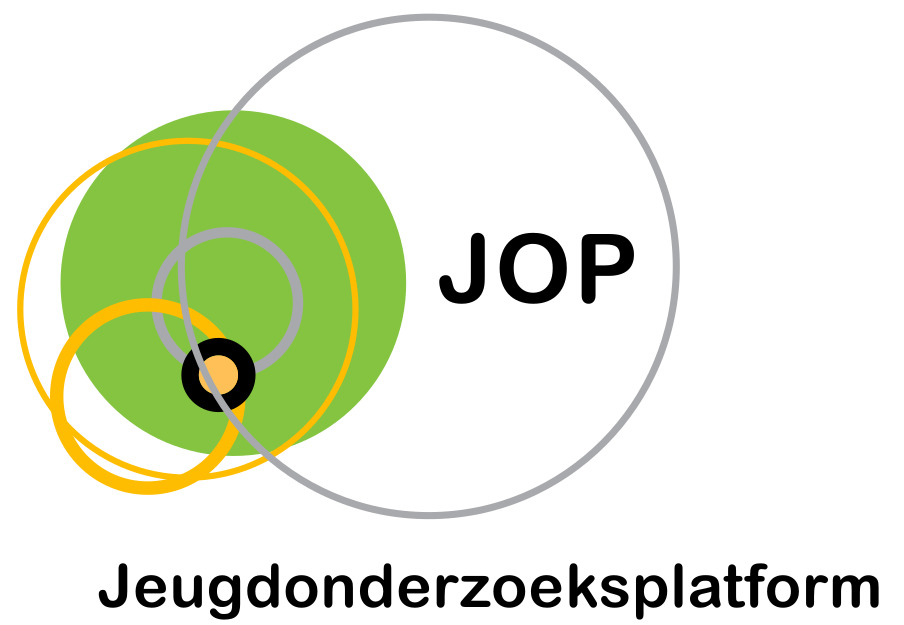Measuring School Absenteeism: Administrative Attendance Data Collected by Schools Differ From Self-Reports in Systematic Ways.
Auteurs
Keppens, G., Spruyt,B. & Dockx, J. (2019).

Abstract
Om aan aanwezigheidsmonitorting te doen binnen een integratieve strategie voor de preventie, het vaststellen en het behandelen van schoolverzuim bij jongeren, is het nodig om na te gaan of aanwezigheidsdata verzameld door scholen werkelijk alle studenten met (groeiende) aanwezigheidsproblemen. Het huidige artikel vergelijkt om die reden administratieve aanwezigheidsdata verzameld door scholen met zelf-gerapporteerde aanwezigheidsdata van dezelfde groep studenten (leeftijd 15-16) in Vlaanderen, het Nederlandstalige gedeelte van België (N= 4344). Het artikel beoogt de volgende vragen te beantwoorden: verschilt een schatting van onwettige afwezigheid gebaseerd op aanwezigheidsdata van scholen aan de had elektronische registratie van de zelf-gerapporteerde onwettige afwezigheid en indien dit het geval is, zij deze verschillen systematisch? Onze resultaten tonen een zwak verband aan tussen zelf-gerapporteerde onwettige afwezigheid en geregistreerde onwettige afwezigheid. Bij jongens, studenten uit het technisch secundair en beroepssecundair onderwijs, studenten die thuis een andere taal spreken en lager opgeleide moeders die een studietoelage krijgen, werd vaker geregistreerde onwettige afwezigheid vastgesteld dan ze zelf hadden gerapporteerd. Bovendien werd bij leerlingen met school weigerend gedrag die regelmatig wettig afwezig zijn, vaker onwettige afwezigheid vastgesteld in vergelijking met hu zelfgerapporteerde afwezigheid. In de discussie wordt dieper ingegaan op de implicaties van onze resultaten.
In order to use attendance monitoring within an integrative strategy for preventing, assessing and addressing cases of youth with school absenteeism, we need to know whether the attendance data collected by schools cover all students with (emerging) school attendance problems (SAPs). The current article addresses this issue by comparing administrative attendance data collected by schools with self-reported attendance data from the same group of students (age 15–16) in Flanders, the Dutch-speaking part of Belgium (N = 4344). We seek to answer the following question: does an estimation of unauthorized absenteeism based on attendance data as collected by schools through electronic registration differ from self-reported unauthorized absenteeism and, if so, are the differences between administrative and self-reported unauthorized absenteeism systematic? Our results revealed a weak association between self-reported unauthorized school absenteeism and registered unauthorized school absenteeism. Boys, students in technical and vocational tracks and students who speak a foreign language at home, with a less-educated mother and who receive a school allowance, received more registered unauthorized absences than they reported themselves. In addition, pupils with school refusal and who were often authorized absent from school received more registered unauthorized absences compared to their self-reported unauthorized school absenteeism. In the discussion, we elaborate on the implications of our findings.
Referentie
Keppens, G., Spruyt,B. & Dockx, J. (2019). Measuring School Absenteeism: Administrative Attendance Data Collected by Schools Differ From Self-Reports in Systematic Ways. Frontiers in Psychology , 10.
Taal
Engels
Publicatievorm
Tijdschriftartikel
ISBN – DOI
https://doi.org/10.3389/fpsyg.2019.02623
